Indigenous women are currently being murdered and going missing across the U.S in their own tribes and communities, and it’s been happening for years. It’s unknown why, but because it’s mainly Indigenous women facing this, it might be because of their ethnicity and differences to urban culture. To be a woman is to live in fear, a fear that runs deeper than the simple anxiety of the unknown. It’s a fear with roots tangled in the dark history of violence against women, a history that is particularly sinister for Indigenous women who have vanished from their communities without a trace. These women, whose stories often go untold, are a chilling reminder that the world is not just unsafe—it’s predatory.
Carrying mace or a weapon, gripping your keys like makeshift claws, is more than just a routine—it’s an act of defiance against a world that seems determined to consume you. And when a man stares, it’s not just discomfort that washes over you, but the horrifying possibility that you could become another missing person, another statistic in a long list of names that are too quickly forgotten.
Being a woman entails constant glances over your shoulder constantly, to stumble in the dark when you get home on the off chance you’ve been followed, and wait at least 15 minutes before turning any lights on so that your follower doesn’t know which apartment, condo, dorm, or house you’re in. However, for Indigenous women, they’re no longer safe no matter what.
ASU’s Research on Violent Victimization (ROVV) Lab has gathered information on crimes against Native American women and girls of all ages, as they are facing the biggest tragedies that every woman fears; rape, kidnapping, assault, human trafficking, and murder. And because they’re women and Indigenous, nobody cares.
National averages for crimes against Native American women in Alaska have turned into national minimums, as crime has spiked since 2016, as highlighted by the U.S. Department of the Interior Indian Affairs. Roughly 8 years have gone by and these women are still facing the barbaric crimes done against them. Yet, neither the media or law enforcement have said anything about this.

Their silence is reflective of their cowardice, their disregard for the wives, mothers, sisters, and daughters going missing, and having God knows what inflicted upon them is appalling. “The National Crime Information Center reports that, in 2016, there were 5,712 reports of missing American Indian and Alaska Native women and girls, though the US Department of Justice’s federal missing person database, NamUs, only logged 116 cases.”
These statistics beg to question: If it were men, would the world care more?
To spread awareness of the murders and missing Indigenous women, a red handprint across the mouth is used to symbolize the thousands of sister’s voices being silenced. This symbol is important to spread awareness, since the mainstream media refuses to acknowledge these women’s disappearances and murders. It’s a simple way to spread the word, however its meaning speaks volumes.
The Indian Relocation Act has relocated numerous families, cutting off financing for their schools, hospitals, and basic resources. As a result of this, job loss has spread within the community, increasing the poverty rate for Indigenous people. Native Americans have been forced into the urban life, and many are no longer living on reservation or in tribes. Indigenous men and women face discrimination no matter where they go, in par with the media’s silence on this matter.
To continue to sit in silence, ignoring this matter and disregarding the many lives of these young woman, would be callous, inhumane, and ignorant. It doesn’t matter what you look like, where you come from, what gender you are, whether you’re old or young, if you’re aware of this situation you need to bring awareness to it. Do your part and help save our women, to keep them safe so that their children can grow up in a world where they don’t fear men, and can walk the streets safely.
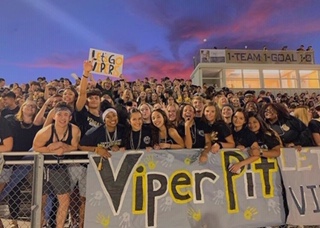
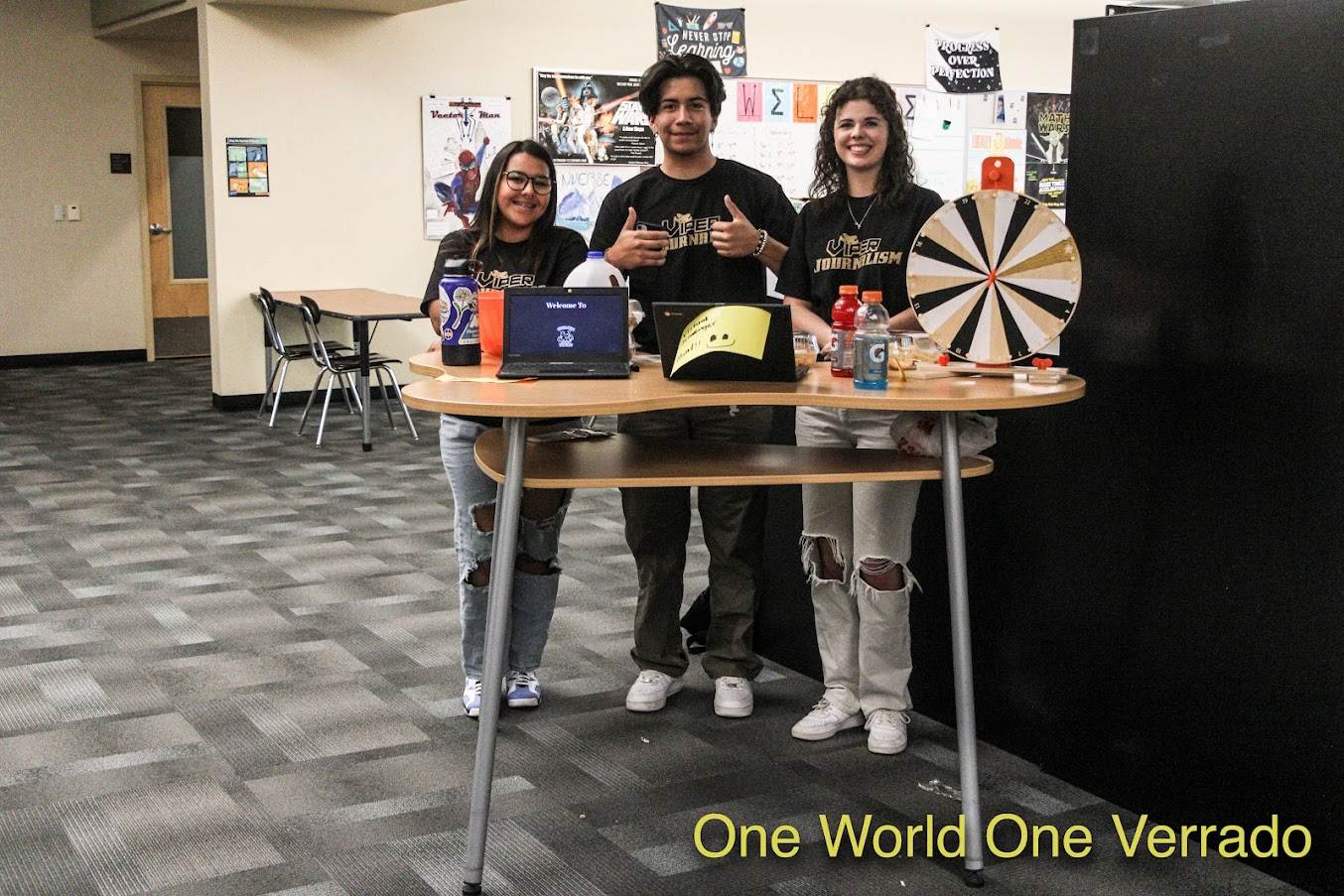
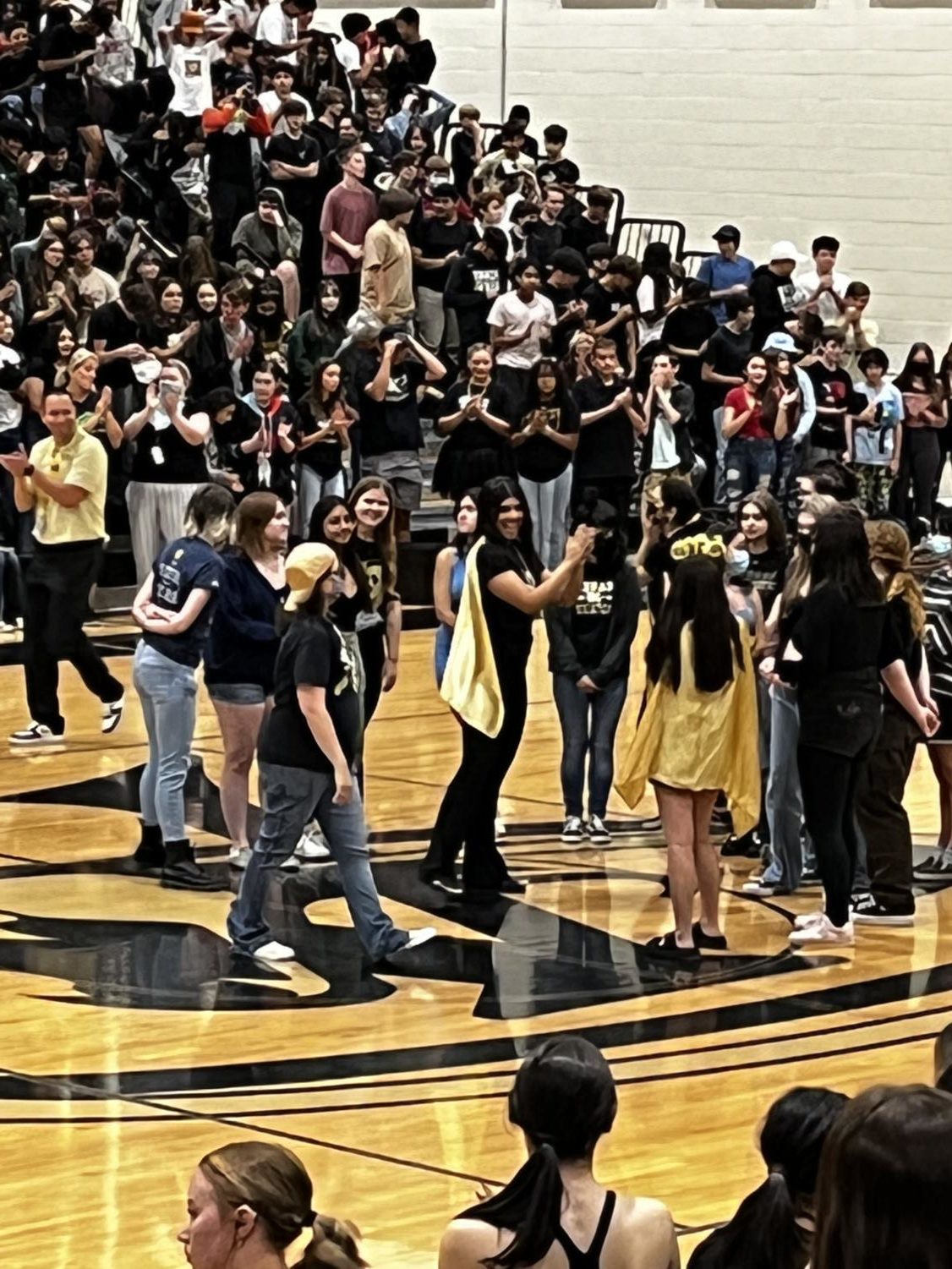

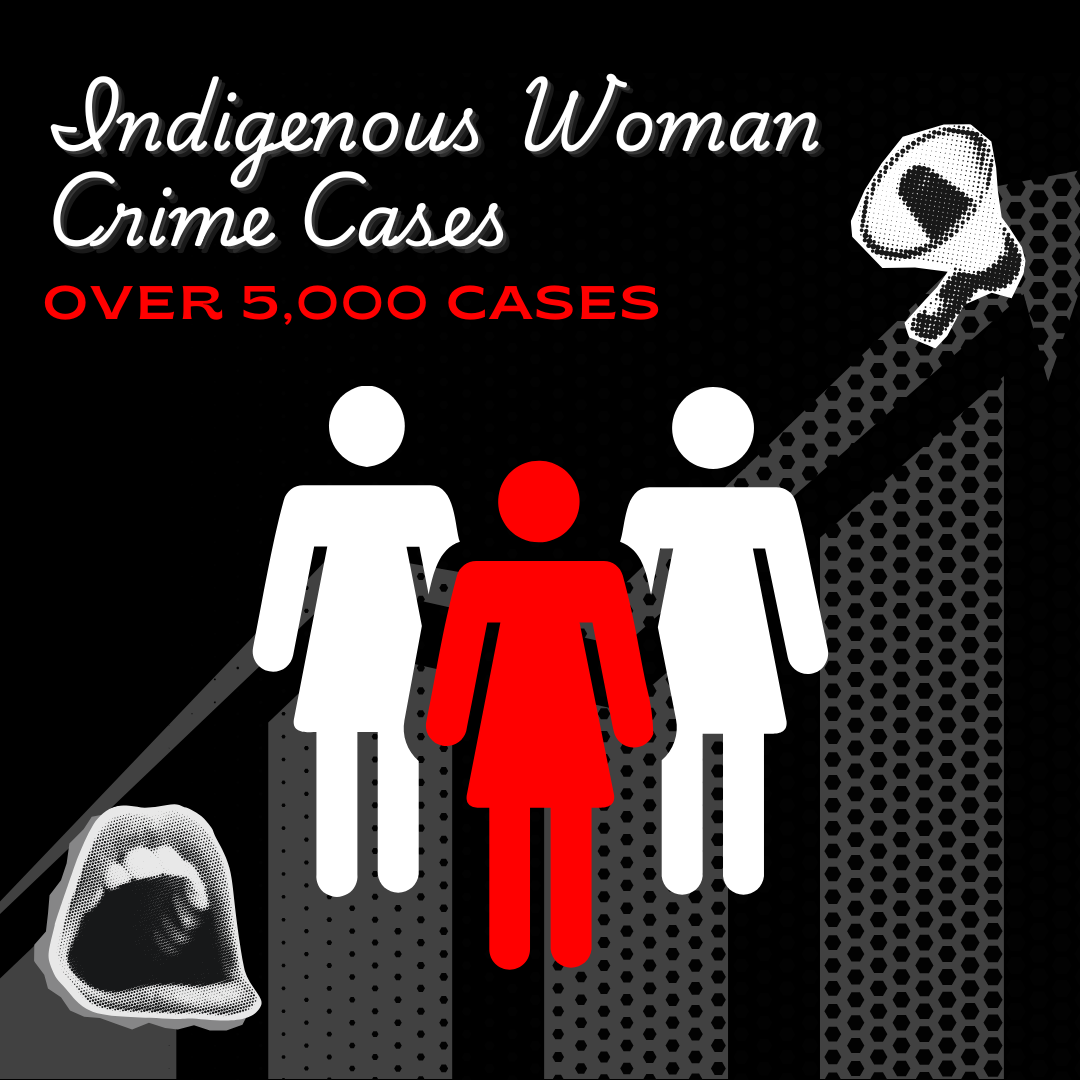
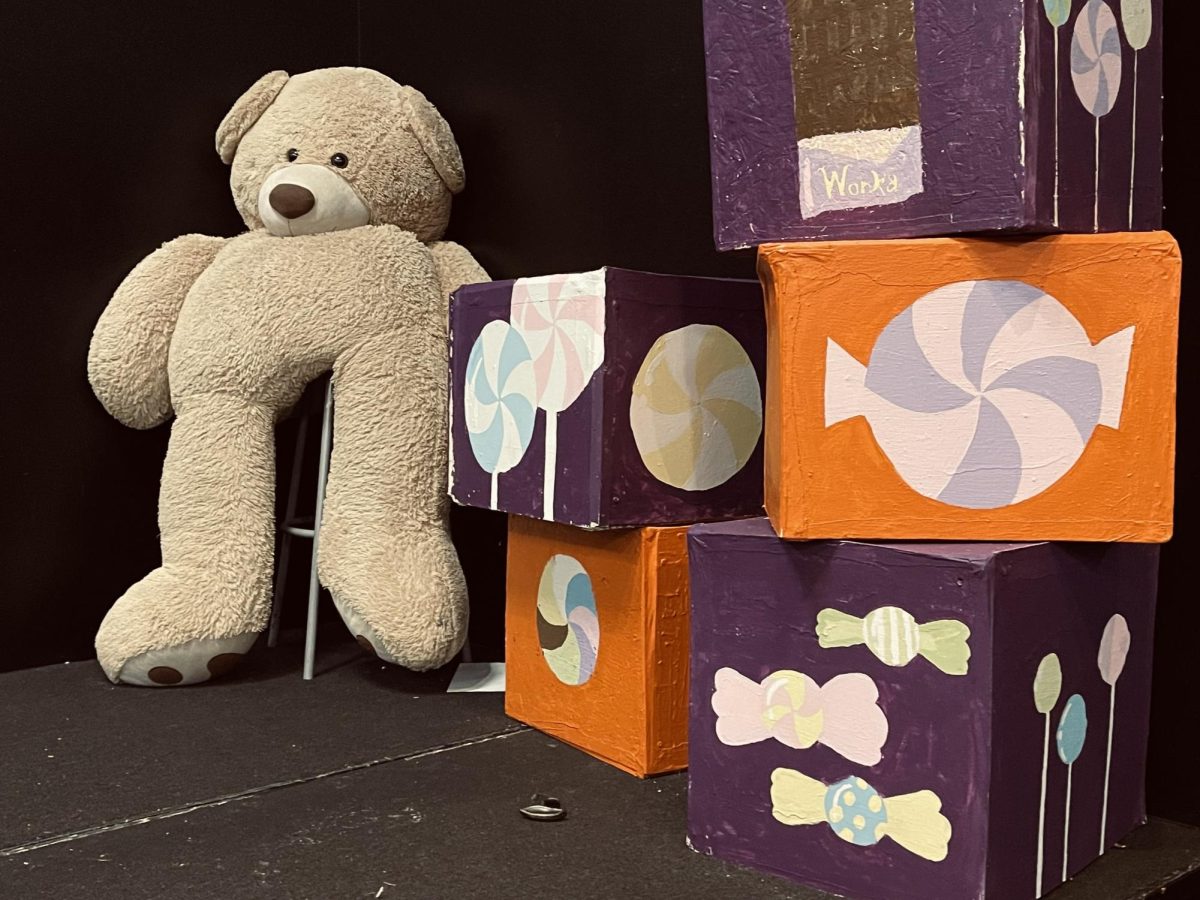
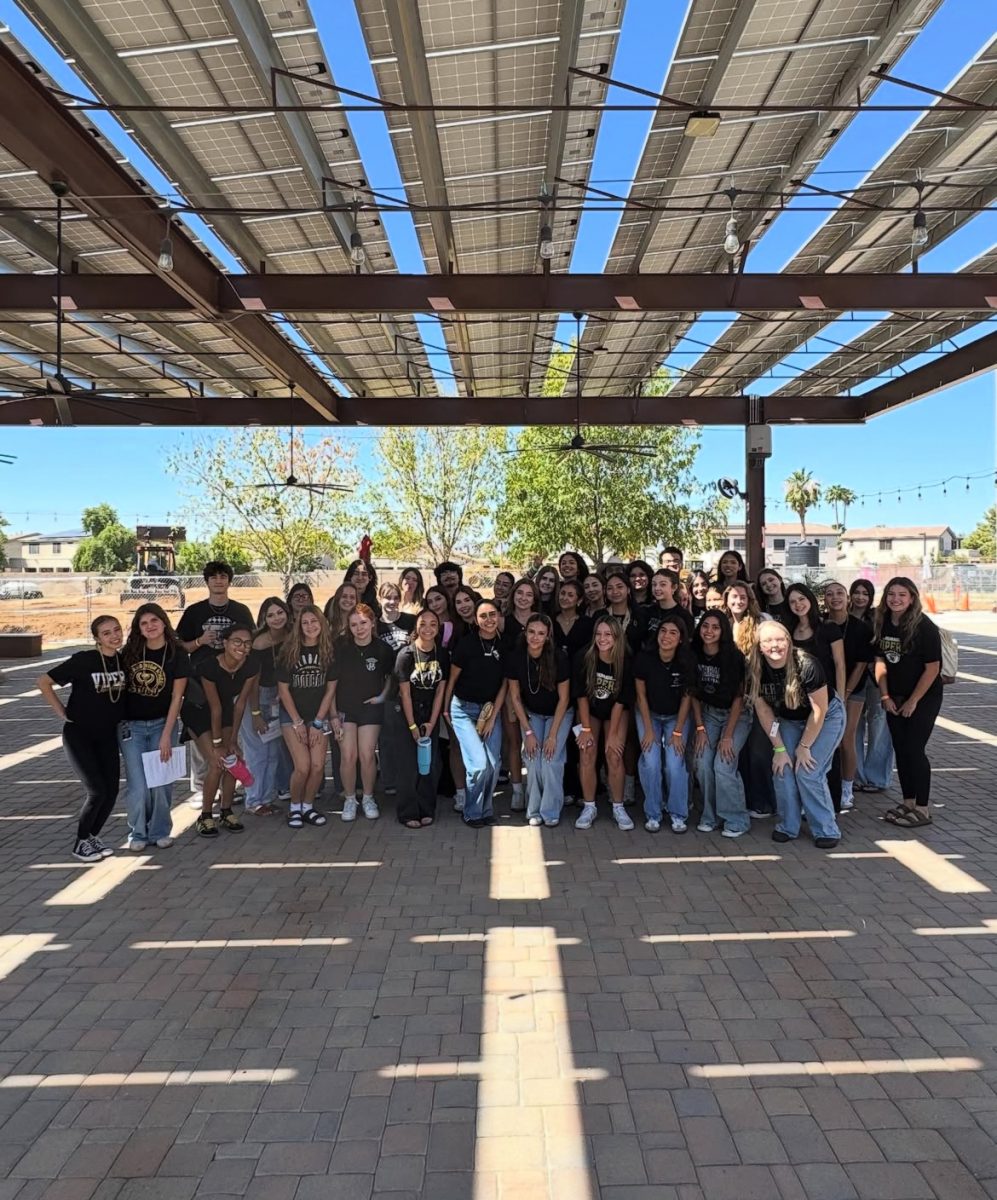
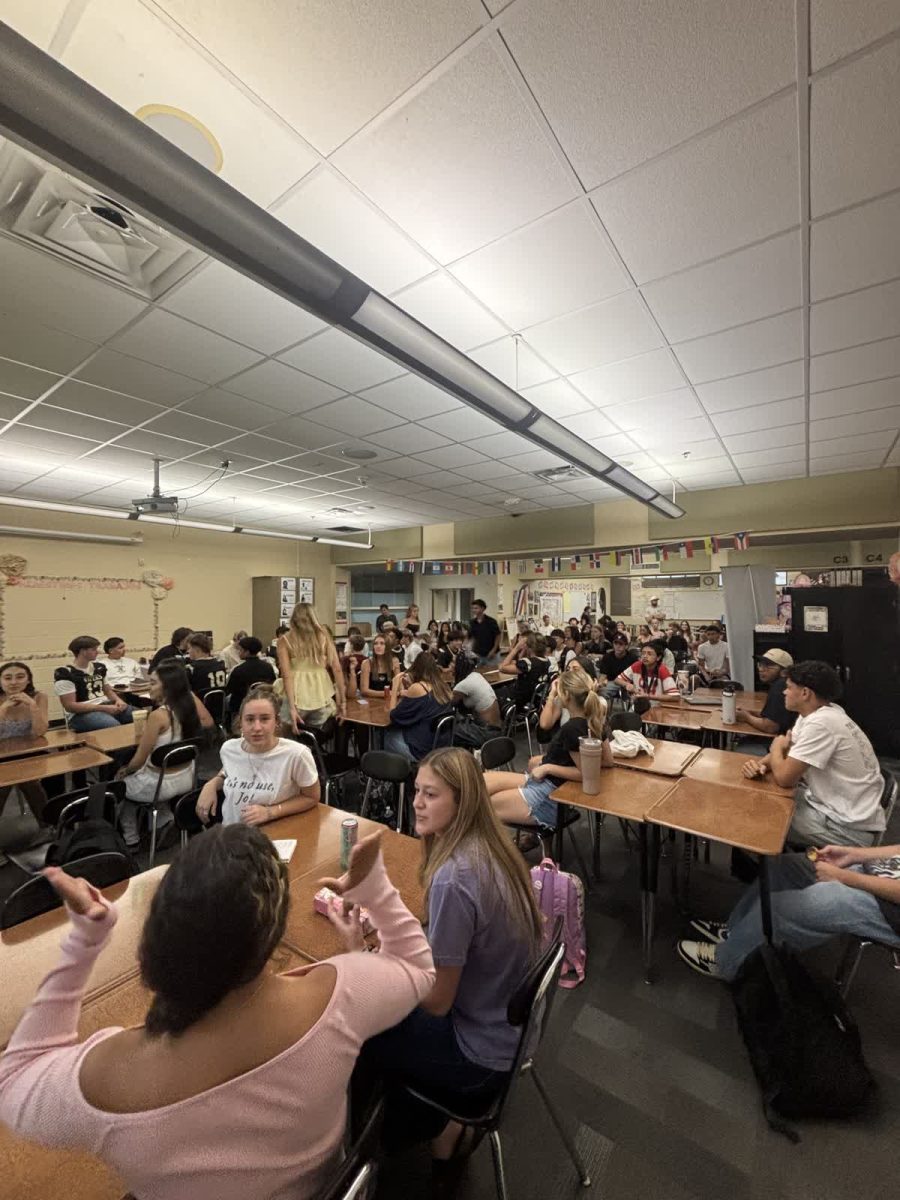
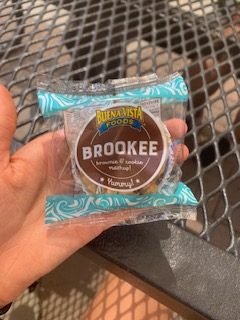
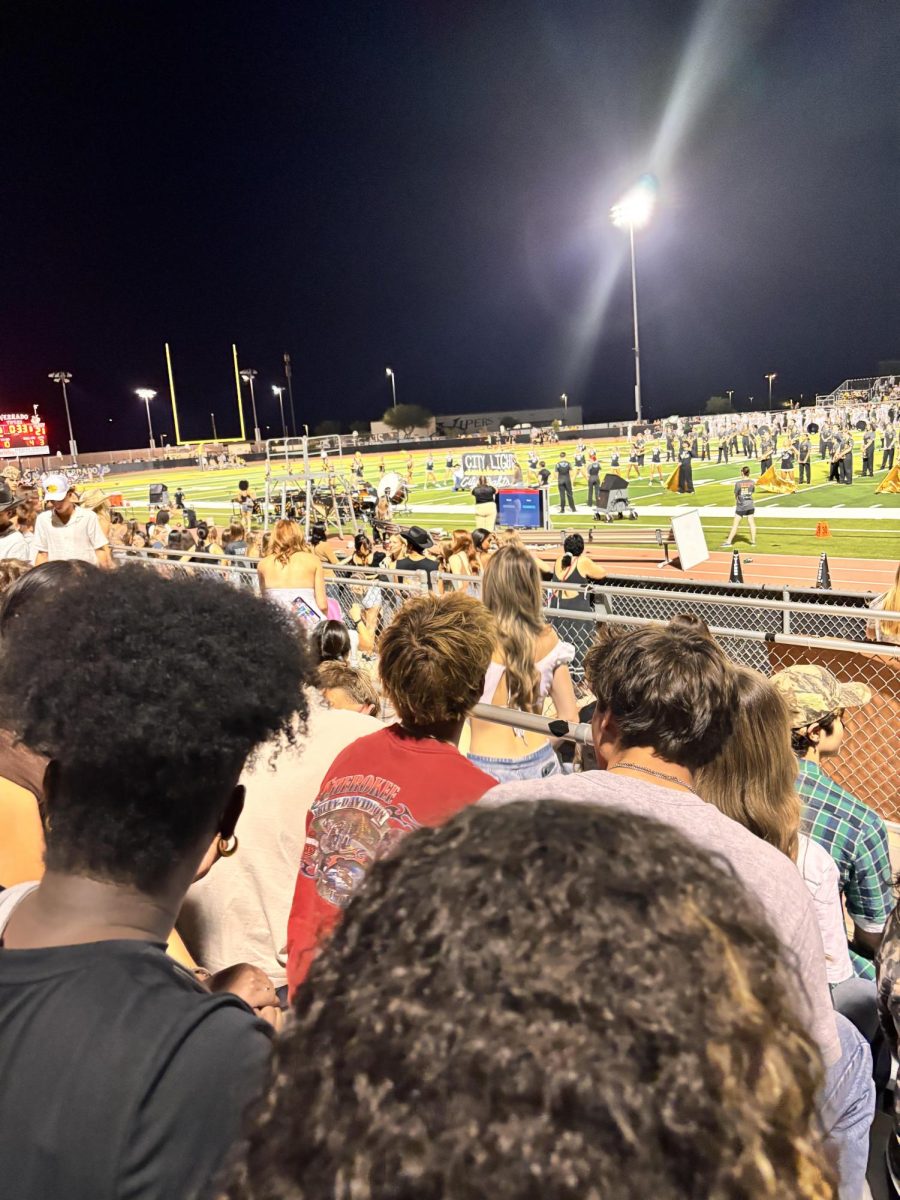
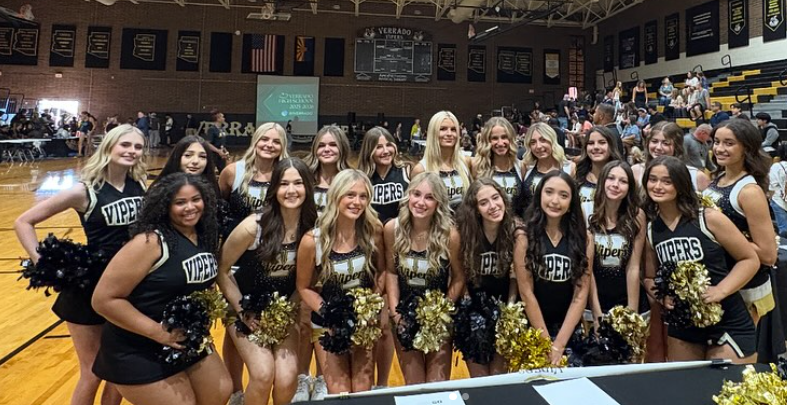
colt • Dec 2, 2024 at 9:04 AM
Wow, this is information I haven’t heard about, and it definitely needs to be pointed out more